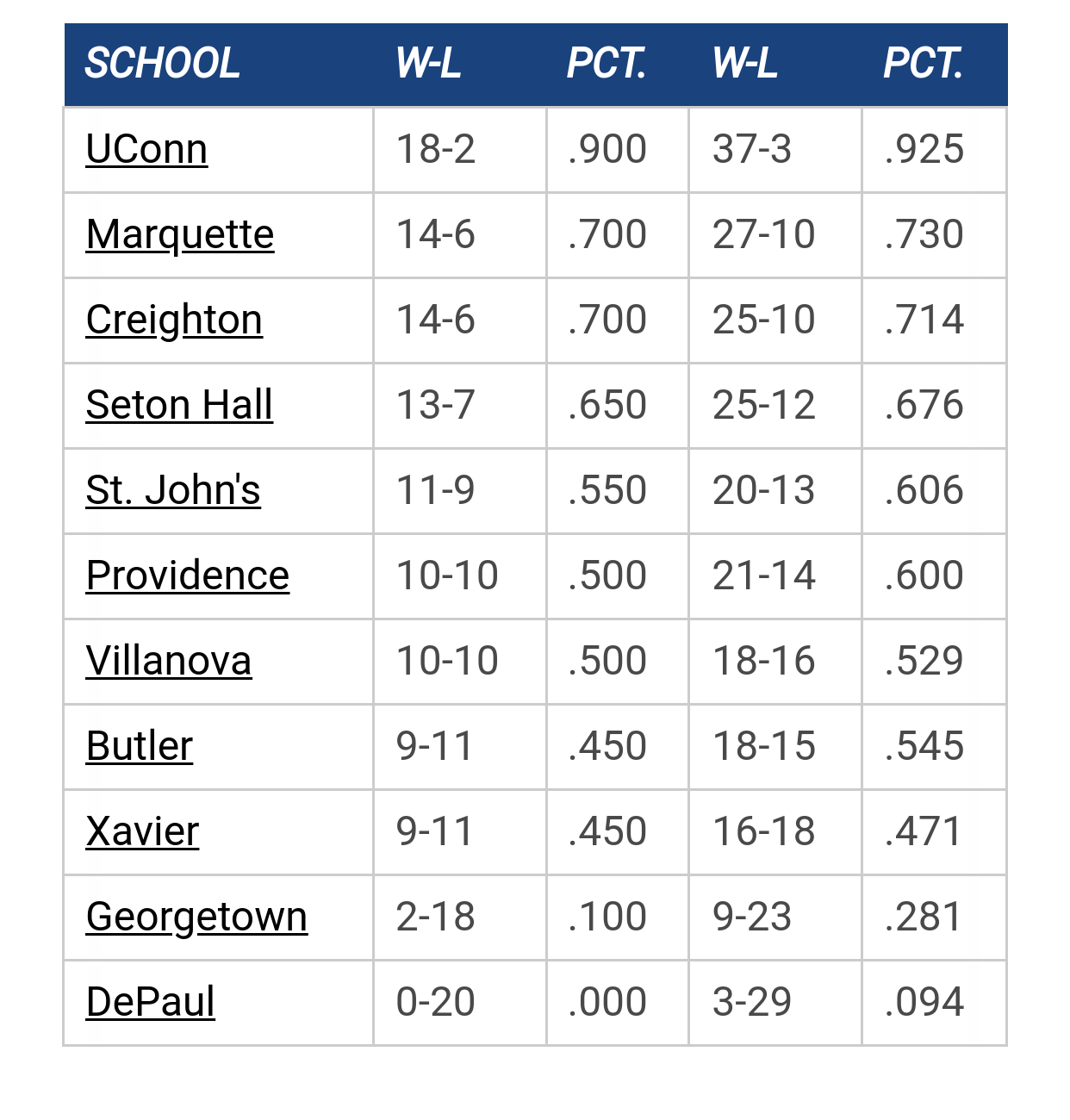|
Does Bucky NOT have a Basketball NIL? by tower912
[Today at 01:38:23 PM] Shaka interview by milwaukee ex-pat [Today at 01:34:35 PM] 2024 Transfer Portal by lawdog77 [Today at 01:08:32 PM] 2024-25 Non-Conference Schedule by WhiteTrash [Today at 12:40:07 PM] Recruiting as of 3/15/24 by Shooter McGavin [Today at 11:32:50 AM] Crean vs Buzz vs Wojo vs Shaka by dgies9156 [Today at 09:15:48 AM] Marquette transfers, this millennium by Galway Eagle [Today at 08:51:26 AM] |
The absolute only thing required for this FREE registration is a valid e-mail address. We keep all your information confidential and will NEVER give or sell it to anyone else.
|





